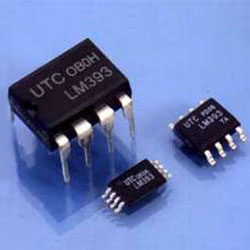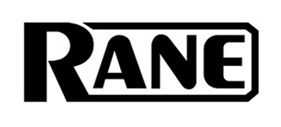This is the fourth and final article in a multi-part series. Additional segments are available here.
Class D Power Amplifiers
Linear audio power amplifiers, based on classic Class AB techniques, designed to run from low voltage are available from Maxim, National Semiconductor, Philips, Texas Instruments and others.
Today these devices dominate, but new products are moving away from Class AB power chips to the more efficient Class D audio power amplifier ICs.
Information appliances require the highest efficiency in all component selection to prolong battery life and achieve high quality in small size. Class D audio power amplifiers satisfy this need.
The switched output nature of Class D designs makes them the most efficient power amplifiers and a must for low-power, battery-constrained systems.
STMicroelectronics claims to have developed the world’s first commercial audio amplifier IC to use Class D techniques. Labeled TDA7480 and requiring at least ±10 VDC to operate, it puts out 10W into 8 ohms at 10% THD.
That THD figure may shock, but it is the standard test point for measuring maximum output power in the automotive industry, for which this part was developed. It has since sired a family of parts that includes TDA7481 (mono 18W/8ohms), TDA7482 (mono 25W/8ohms) and the TDA7490 (stereo 25W/8ohms).
Even though developed for automotive use, these parts are useful in IAs requiring higher power (that have the power supply to support them).
Today, Texas Instruments leads the pack with their unique “filterless” designs designated the TPA200xD family. TI claims that by eliminating the need for bulky LC output filters, the new amplifiers enable designers to reduce board space and lower overall system costs by 40 percent.
Eliminating the output filter is restricted to short (less than 8 inches) speaker runs, a requirement easily met with information appliance audio devices.
Maxim offers a Class D stereo all-in-one part that allows operation as low as 2.7 volts called MAX4297. An innovative feature allows logic-programmable PWM frequency selection between 125 kHz, 250 kHz, 500 kHz and 1 MHz, although at anything other than the 125 kHz rate, the THD+N climbs into whole numbers.
National Semiconductor’s first Class D chip is the LM4663, featured in their popular BOOMER family of audio power amplifier ICs. National’s design differs from other Class D suppliers.
They use a delta-sigma modulator instead of the usual pulse width modulator, claiming lower output noise and THD+N results. The LM4663 also includes a very handy separate stereo headphone amplifier.
LinFinity (a division of Microsemi) is already offering a second-generation Class D part, the LX1710/1711 AudioMAXä controller IC, which requires an external MOSFET output bridge.
This new design series replaces the original LX1720 part and is claimed to have better S/N, lower noise floor and reduced THD+N. Controller ICs are a mixed blessing. They are not as compact as the one-chip solutions but they allow using a higher voltage supply for the output bridge to produce more power.
From the UK, Zetex offers the ZXCD1000 Class D controller for use with a discrete MOSFET output stage. This is a stereo switching amplifier controller driver that comes with a reference design layout and custom magnetics from the company.
Other Class D chips are promised “soon” from Motorola (Symphony series) and Philips Semiconductors.






















